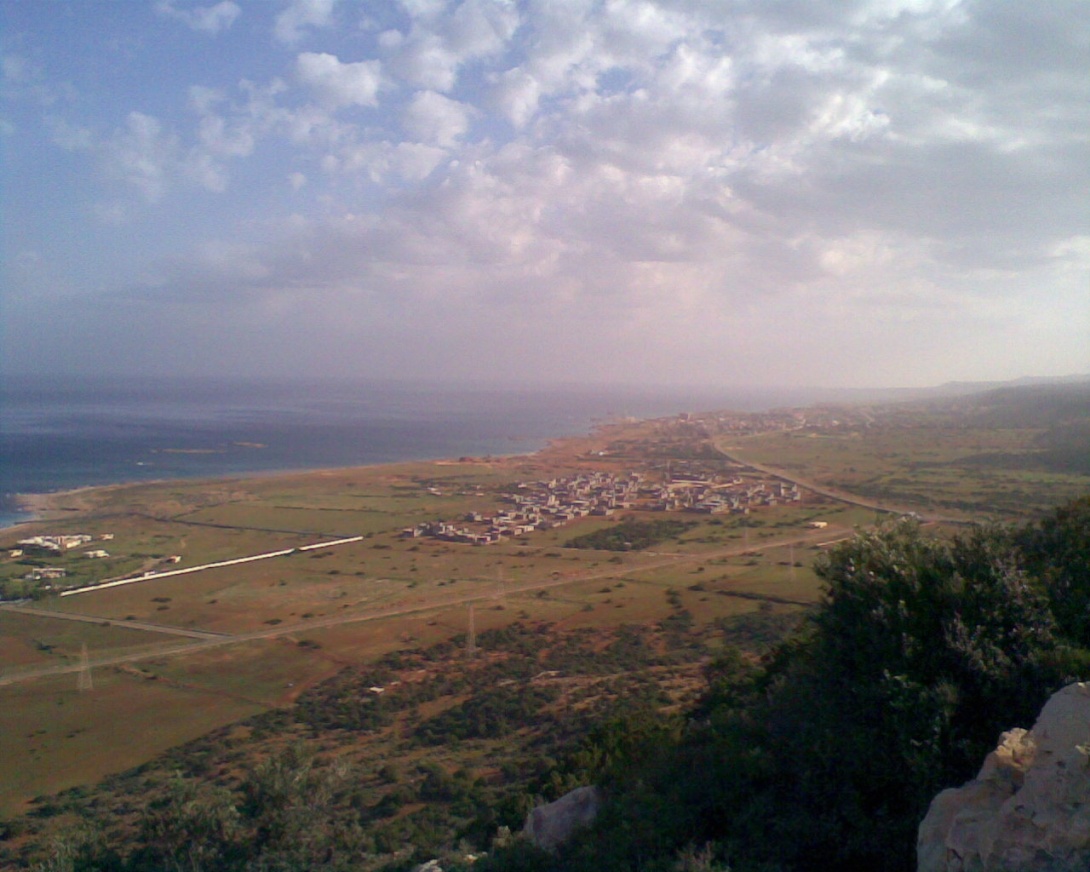It is located in the District of Jabal Al-Akhdar in north-eastern Libya, about 30 km northeast of Bayda. It stands by the ruins of Apollonia, Cyrenaica and contains the Apollonia Museum.
The city has a wonderful climate and charming nature. To the east of it, about 15 km there is a cave dating back to prehistoric times, where two Neanderthal skulls were found.
There is an archaeological site that is still under research and excavation, containing Greek, Roman and Byzantine antiquities
History
The Ancient City of Apollonia in Cyrenaica was founded in 630 BC by Greek colonists and became a significant commercial centre in the southern Mediterranean. It served as the harbour of Cyrene.
Apollonia became autonomous from Cyrene at latest by the time the area came within the power of Rome, when it was one of the five cities of the Libyan Pentapolis, growing in power until, in the 6th century A.D., it became the capital of the Roman province of Libya Superior or Libya Pentapolitana. The city became known as Sozusa, which explains the modern name of Marsa Sousa or Sousa, which grew up long after the cessation of urban life in the ancient city after the Arab invasion of AD 643.
Sousa was home to an exiled Muslim Greek community, also referred to as "Turco-Romnoi" (Turkish Greeks) from Crete and Mainland Greece, arriving in Ottoman Libya after the Greco-Turkish War of 1897. Another wave of Muslim Greeks arrived after the Population exchange between Greece and Turkey, marking the city's second founding after its abandonment following the Arab Conquest of the Maghreb.

